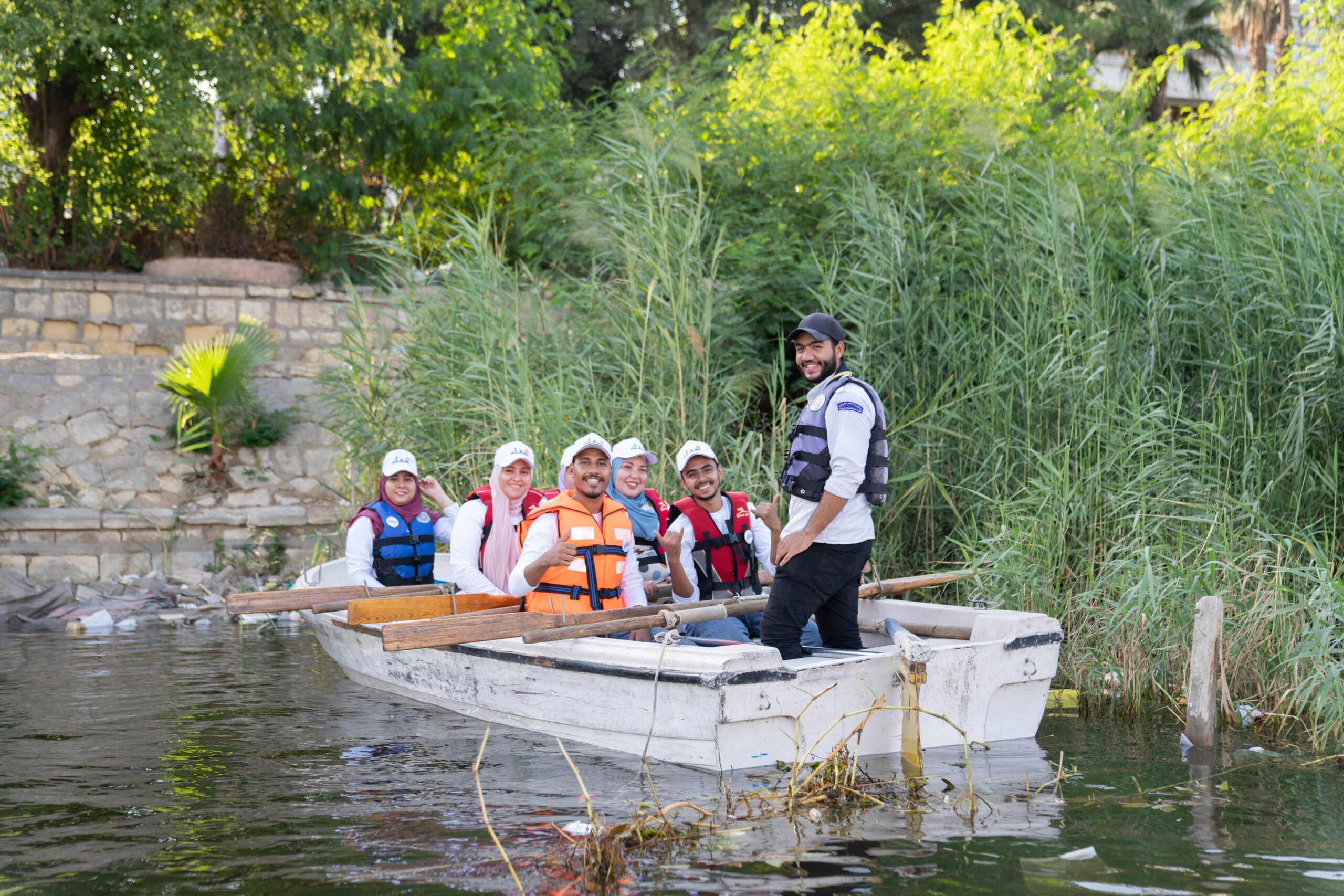Youth in Egypt are leading climate change action, working with Plan International on the newly launched Climate Change and Environment Programme.

Climate change is not a future phenomena, it is a present threat to the livelihoods of many poor and vulnerable people in Egypt. Climate change has been identified by Intergovernmental Panel on Climate Change (IPCC), as a threat multiplier that exacerbates the social, environmental and economic threats to people’s lives and livelihoods particularly stakeholder groups with limited resources to embark on adaptation measures.
Youth leading climate action
The Climate Change and Environment Programme has launched to address multiple climate change orientated risks. It is an ambitious, locally-led programme, working together with young people to empower people in Egypt to adapt to the accelerating risks of climate change and become more aware of, and resilient to, the current and future climate hazards and impacts.
Impacts of climate change on Egypt

Photo credit: Plan International Egypt/Andrew Youssef
As Egypt relies on climate-sensitive agriculture, coupled with water scarcity, high population growth and the concentration of other economic activities in flood-prone coastal zones, it is predicted that rising temperatures and extreme heat waves associated with changed precipitation patterns will accelerate the decline of arable land areas, reducing crop yields and aggravating food insecurity. Other looming climate risks include water stress, climate-induced displacement, climate-sensitive health risks, and increased poverty that further exacerbate existing economic and social vulnerabilities and impede building resilience to climate disasters.
How climate change impacts girls and women
In Egypt, certain social groups such as women and girls face disproportionate risks from climate change effects, in large part due to the intersection of gender inequality, cultural norms and other forms of vulnerabilities. These multidimensional vulnerabilities limit women and girls’ access to resources and decision- making circles, which place them at a disadvantage, forcing them to bear the brunt of the climate hazards and limit their abilities to recover from climate-related disasters.



